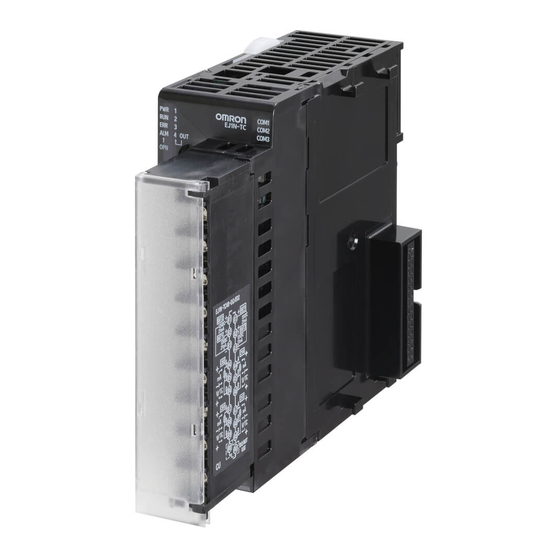
Omron EJ1N-TC2 Series User Manual
Modular temperature controllers
Hide thumbs
Also See for EJ1N-TC2 Series:
- Manual (24 pages) ,
- Operation manual (26 pages) ,
- Quick start manual (3 pages)
Table of Contents
Advertisement
Quick Links
Advertisement
Chapters
Table of Contents











Need help?
Do you have a question about the EJ1N-TC2 Series and is the answer not in the manual?
Questions and answers